I ditched my pricey full-frame camera and downsized for a year – here are 5 lessons learned
APS-C? Try going even smaller
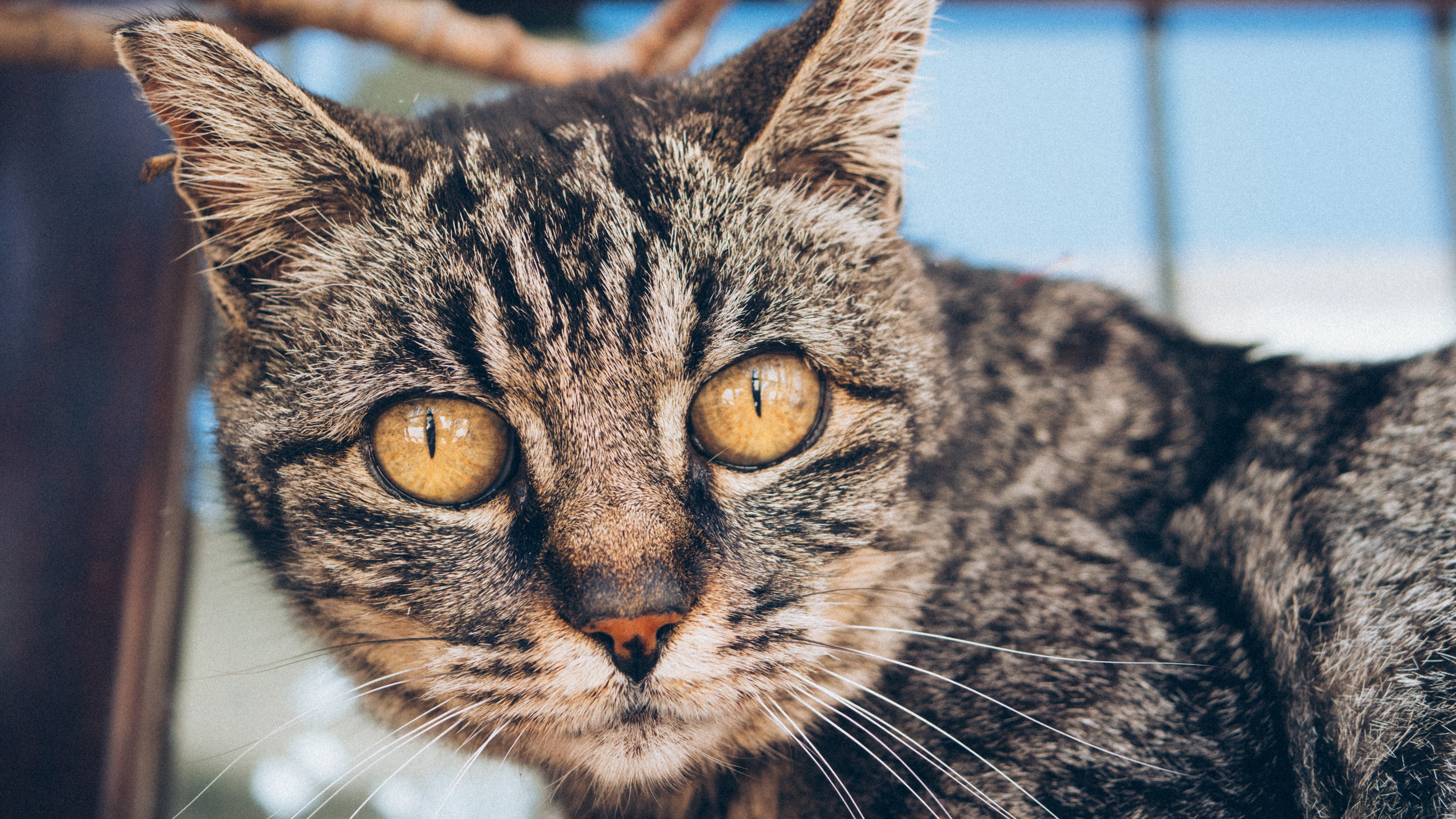
As with most photographers, I love a full-frame camera. The latest bodies from Sony, Canon, and Nikon offer heaps of resolution, cutting-edge subject detection autofocus, and an ever-expanding line-up of superb lenses.
When I went full-frame, I thought I'd never look back. I'll admit, however, I've always maintained a certain curiosity in other formats. Fujifilm, Ricoh, even OM System? Yes, I'll admit, I'm even partial to the new OM-5 Mark II (now available in Beige).
My interest was recently bolstered by a trip to Spain where I, entirely by my fault, had to drag around a backpack of luggage during a scheduled trip to the Alhambra. Carrying my Nikon Z6, I looked on in envy while my partner effortlessly drifted around the monument with a tiny crop sensor camera.
My setup felt cumbersome, and if I'm honest, a little overkill for a packed tourist trap in the height of summer. I got some great photos, but I couldn't quite get over how much fun my partner was having with her compact setup. A sore back after the fact just confirmed my resolve to switch it up.
I briefly flirted with buying a Fujifilm camera, but one look at the inflated second-hand market confirmed my choice. I decided to throw my lot in with a comparatively ancient 16MP Olympus EM-5 Mark II from 2015. It is, after all the ancestor of TechRadar's best travel camera and a drop-dead gorgeous body that scratches that retro itch.
One year on, I've travelled extensively with the EM-5 Mark II. It's in many ways a deeply flawed camera, but it's one that's constantly surprised me. In fact, I'd go so far as to say it's challenged my notions of what I thought I needed in a camera in five ways...
1. Depth of field and resolution aren't everything


Resolution surprisingly wasn't much of an issue
I didn’t miss them as much as I thought I would. I generally roll with a short telephoto prime and a wide prime, and in the case of the former, a lens like the Sigma 56mm f/1.4 does a lot of heavy lifting for depth of field. Even at an equivalent aperture of f/2.8 in full-frame terms, a prime like this is more than capable of completely blowing the background out.
Sign up for breaking news, reviews, opinion, top tech deals, and more.
Things get a little trickier if you're shooting with a wider lens, but the Panasonic Leica 15mm f/1.7 I use as my wide prime is capable of providing enough background separation for my uses. It comes out at around f/3.4 in full-frame terms, but its ability to focus relatively closely is really handy. I've never once thought I needed more depth of field while shooting with a crop sensor camera.
Resolution too, surprisingly, wasn't much of an issue. I have a tendency to do extreme horizontal crops to 'X-Pan' my images, and even with the EM-5 MII's anemic 16MP resolution, I tended to have enough room. Cropping to 16:9, as with the images shared in this article, is certainly not an issue. Would I blow these up to massive prints? Probably not, but these images still look great on my 1440p monitor.
2. Modern processing can do a lot of heavy lifting
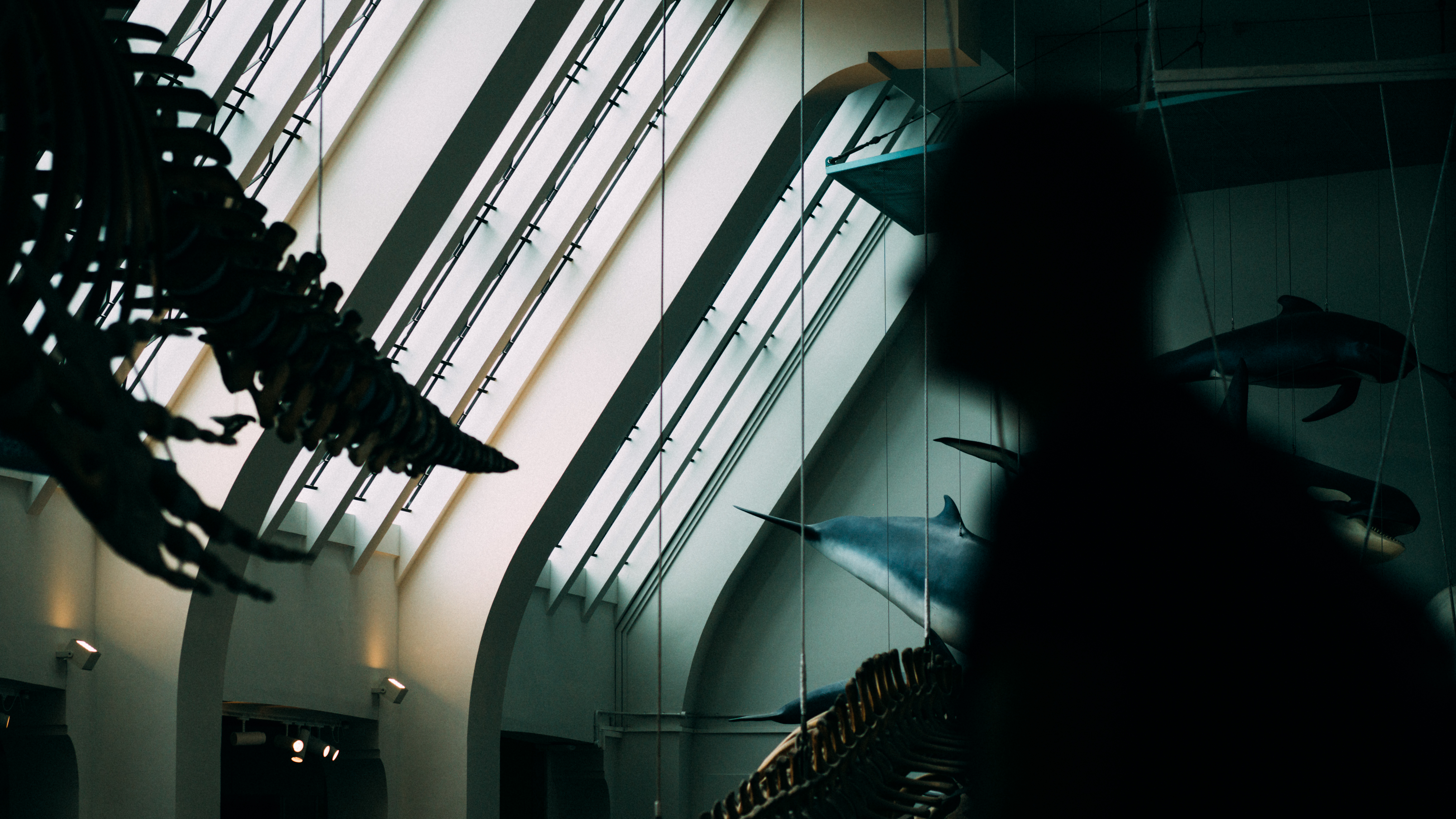
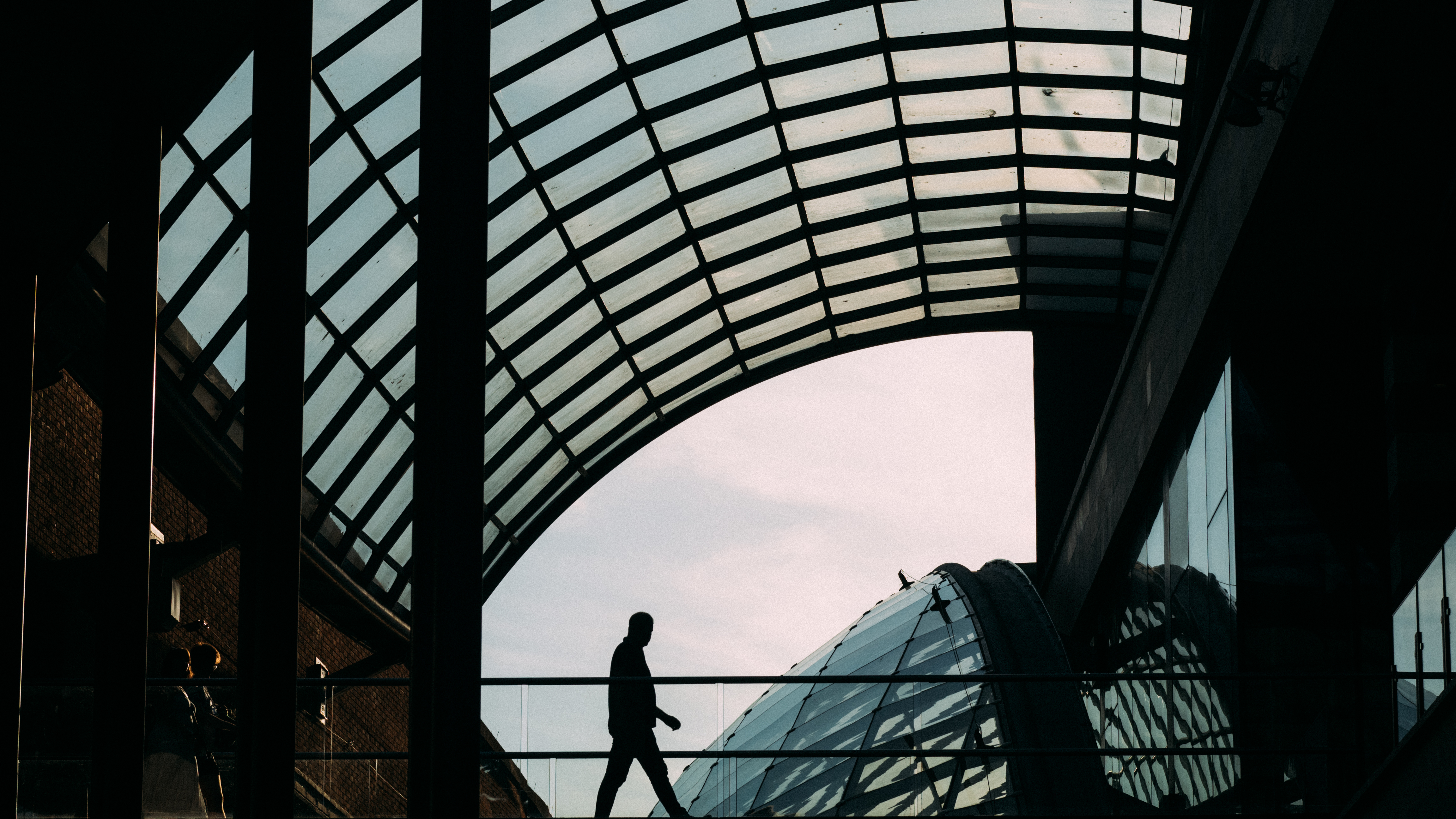
You can offset the inherent disadvantages of smaller sensors
Even if you're not a Lightroom expert, the sheer number of presets available online and the wealth of tutorials mean that the modern photographer has a huge number of options. I have a certain 'look' that I like to apply via post-processing and that certainly smooths out a lot of the rough edges for RAW files.
Crucially, AI-enhancement tools like noise reduction and resolution scaling mean you can really offset the inherent disadvantages of dated and smaller sensors.
Take the EM-5 MII's sensor, for example. It's a much older Micro Four Thirds sensor now and one that exhibits significant color shift if you push the shadows. Under normal circumstances, that would be a real issue for high dynamic range scenes, but a few clicks with Lightroom's noise reduction tool instantly corrects any problems.
The noise reduction can only do so much. For example, an image shot at 6400 ISO is going to be overly waxy and fake-looking if you crank up the noise reduction to 100%. A minor tweak like 10 to 20% noise reduction is enough to completely correct the color shift and clean up your image, however.
3. The crop-sensor fun factor
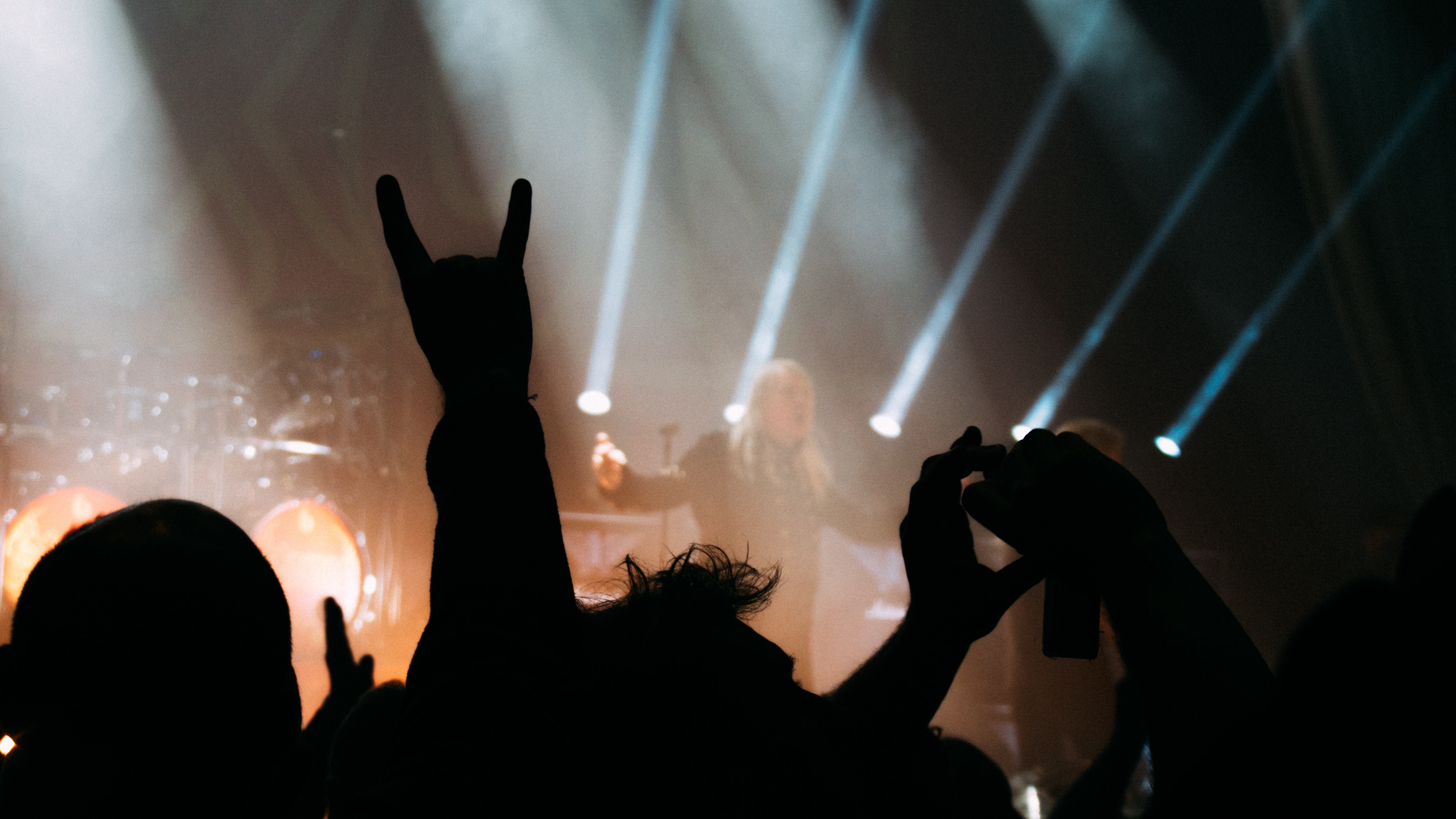

There's a lot to be said for a camera that invites you to take pictures
For me, this is the single most important point. Modern full-frame cameras are superb, and they shoot incredible pictures, but I find they sometimes fail to spark joy in the same manner as crop sensor cameras.
I don't think it's necessarily that full-frame cameras are bigger, although that's likely one factor, I think it's more to do with the design philosophy of bodies. Fujifilm and OM System's cameras tend to meld a nice tactile feel with a nostalgic look. There's something about it that just works. They've also been leaning into that retro vibe for a while now, so you can pick up a body for relatively cheap without having to spring for a full-frame Nikon Zf or Leica.
I think there's a lot to be said for a camera that invites you to take pictures, even if, on paper, it's an inferior choice. That's exactly what the EM-5 MII does for me. I enjoy how it feels in hand, I like the shutter sound, and I like the old-school look. I think there's some truth in the adage that limitations can make you more creative, too.
Anecdotally, I've also found that people tend to really dig these smaller, more retro-looking cameras. They don't get as intimidated when having their photo taken, and they're also more intrigued by the analog-style design.
4. Low light is the biggest issue

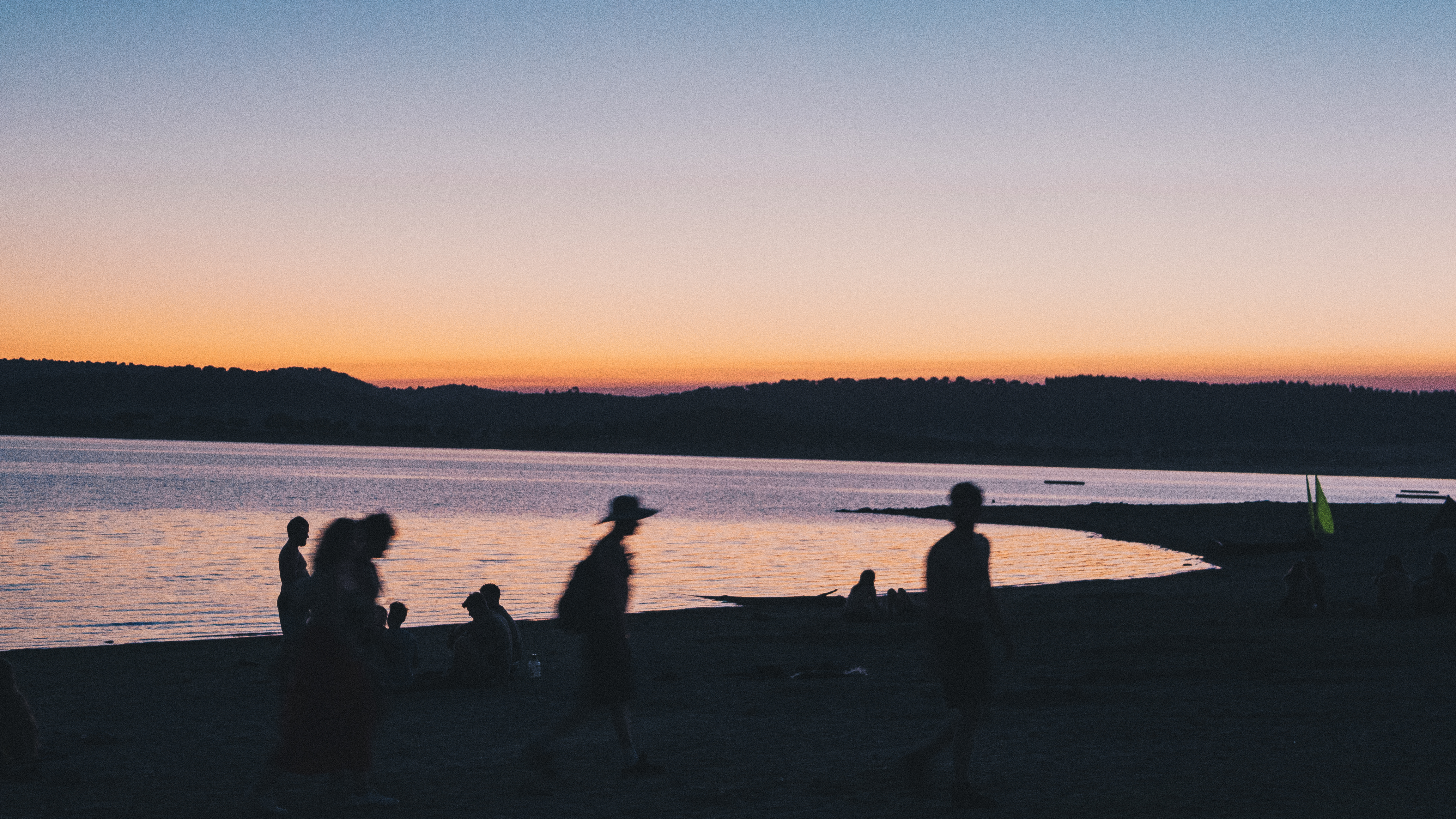
In most daylight conditions, a crop sensor camera is more than enough to capture a scene. As soon as the sun comes down, however, a full-frame camera really starts to show its advantage.
Can you use a crop sensor camera in low light? Yes, of course. Even without the superb image stabilization of some bodies, you'd be surprised at how good a Micro Four Thirds camera can capture some low-light scenes.
The issue, however, is that full-frame cameras give you much more flexibility in terms of what you can capture. My Nikon Z6 doesn't ramp up the ISO until it's really dark, and even when you do have a high ISO, the images are much cleaner. You're also able to capture scenes with movement much, much more easily, which makes a full-frame camera a natural pick for night-time street photography.
5. I didn't really save that much weight
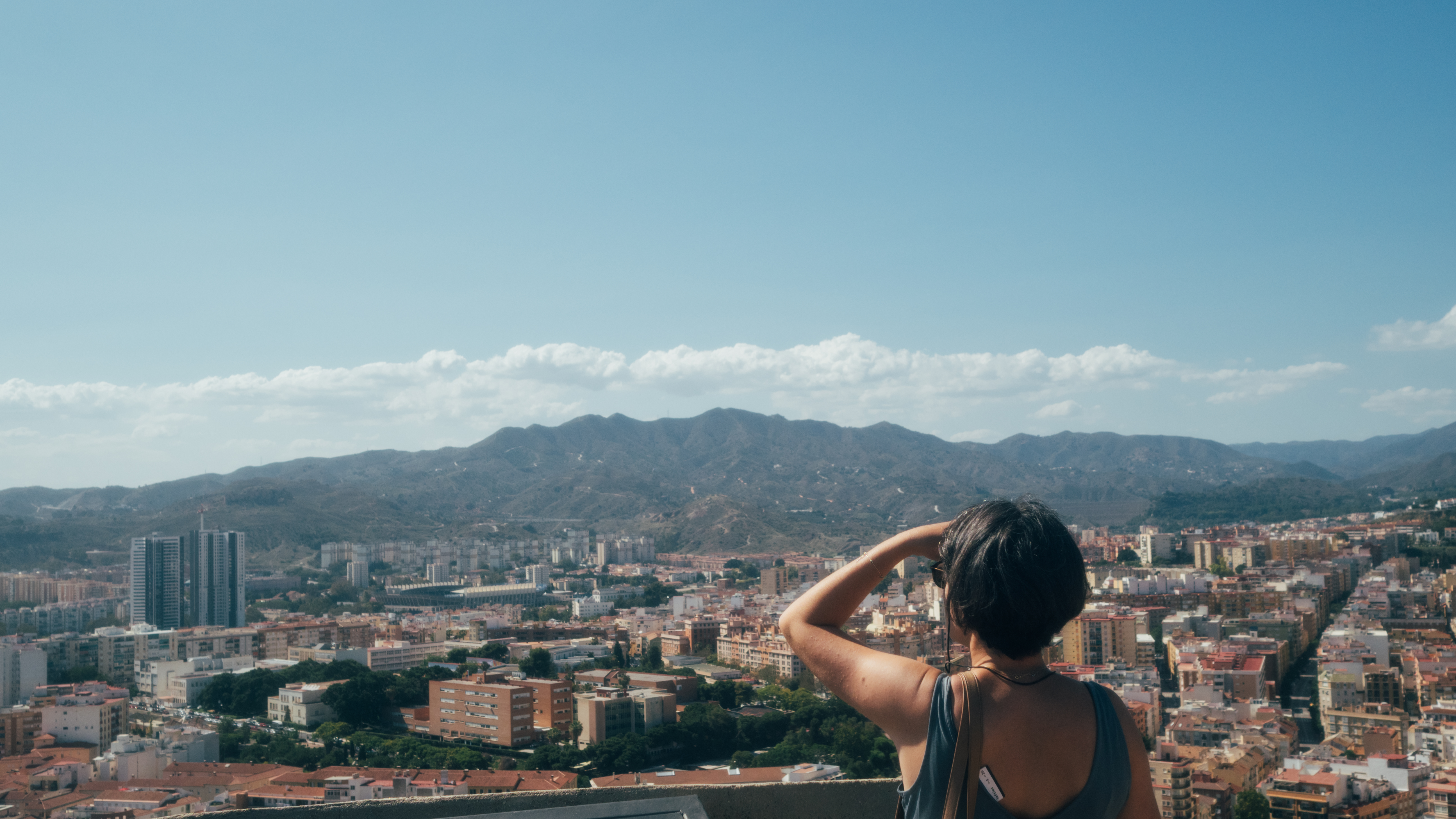

This one was the most surprising to me, although it shouldn't have been. I'm someone who shoots primarily prime lenses rather than zooms, so generally speaking, the lenses I use are often on the smaller side.
My Nikon Z6 with a 40mm and 85mm prime are definitely heavier than my EM-5 MII with a 15mm and 56mm, but it's not something I generally feel when walking around. It's a difference of say, 300 grams, at the most, which isn't really that perceptible when everything is in your bag.
I understand that every bit of weight saving helps when you're hiking, and also that the weight difference becomes more acute when talking about telephoto zooms, but for my money, it wasn't as big of a perk as I'd expected.
There are a few minor niggles with shooting an older body, too. For example, the EM-5 Mark II doesn't support USB-C charging, which means you have to add an additional bespoke charger to your bag on trips. It's not heavy, but it's an annoying extra that just takes up space in your bag when travelling.
Was it worth it?
It's hard to summarize my overall thoughts after spending a year with the Olympus EM-5 Mark II. As I mentioned in my introduction, it's an ancient camera by today's standards and one that's deeply flawed in many ways. I can't deny, however, that I've been able to capture plenty of 'keepers' and had an absolute blast along the way.
Will it replace my full-frame Nikon setup? Absolutely not, but I think it's a perfect supplemental option for most photographers. It's like having a classic car for the weekends. You'd get annoyed if you had to drive it every day, but for certain scenarios, it's absolutely perfect and the right tool for the job. And, considering the abundance of relatively cheap crop sensor cameras on the second-hand market, it's a cost-effective way to experiment with a new setup.
You might also like...

Alex is TechRadar's retail editor, specializing in deals, buying advice, and general tips on how to save our readers as much cash as possible. He's covered events like Black Friday and Amazon in some capacity for over seven years now; both in editorial and other ecommerce adjacent roles on TechRadar, T3, GamesRadar, and other Future PLC sites. Alex's expertise touches on most areas, but he has a particular love for phones, laptops, and cameras, being an avid photographer.
You must confirm your public display name before commenting
Please logout and then login again, you will then be prompted to enter your display name.